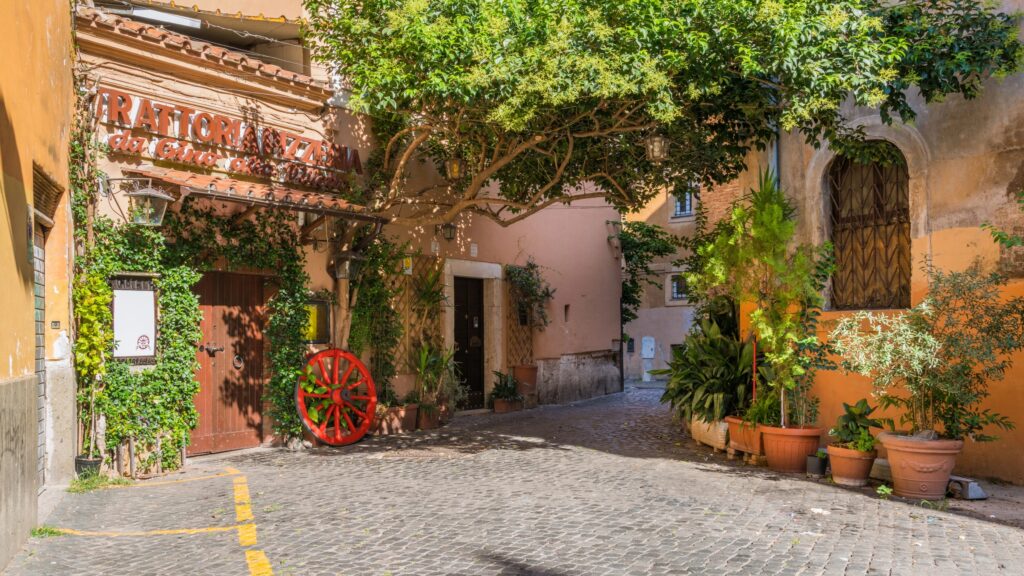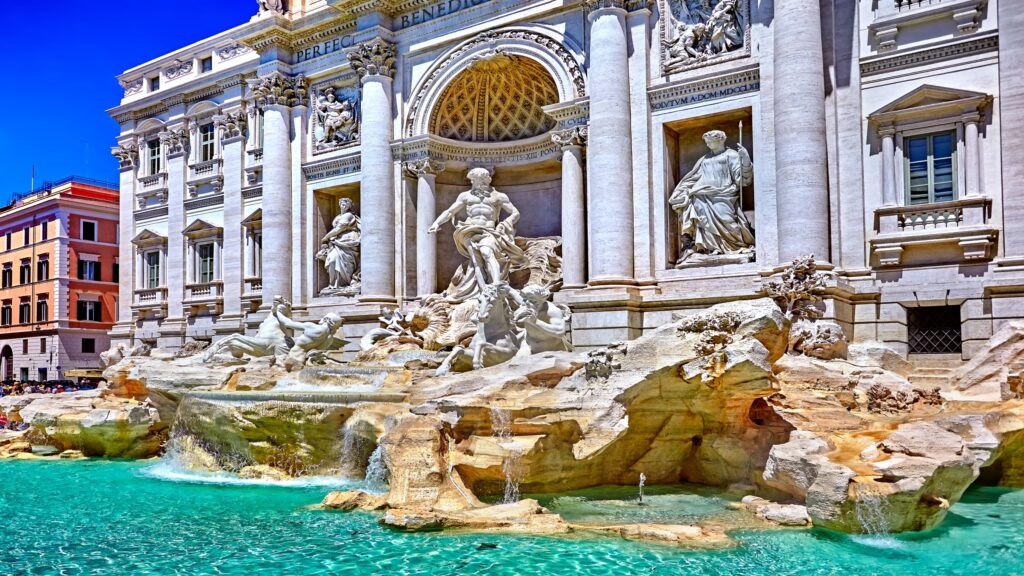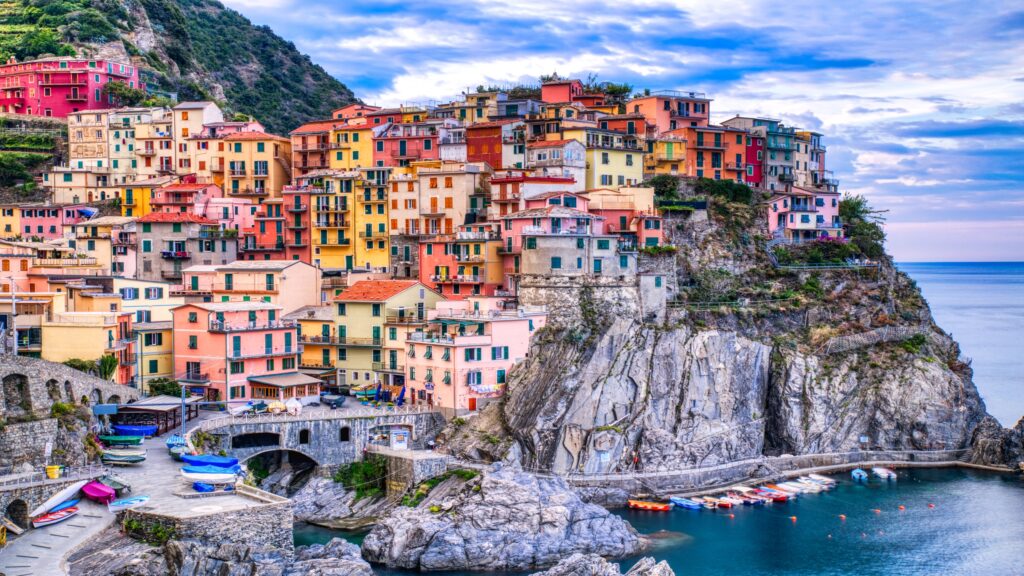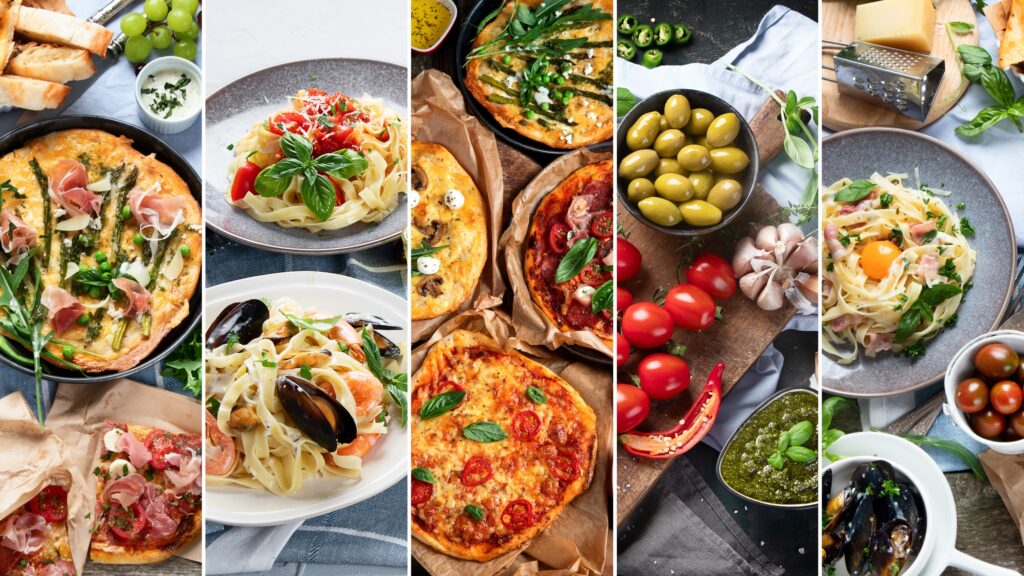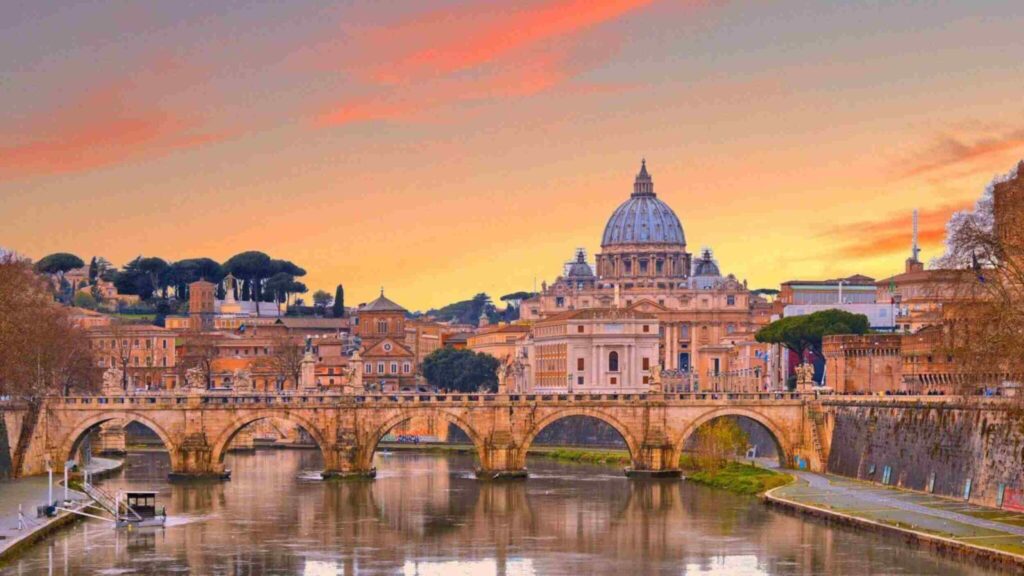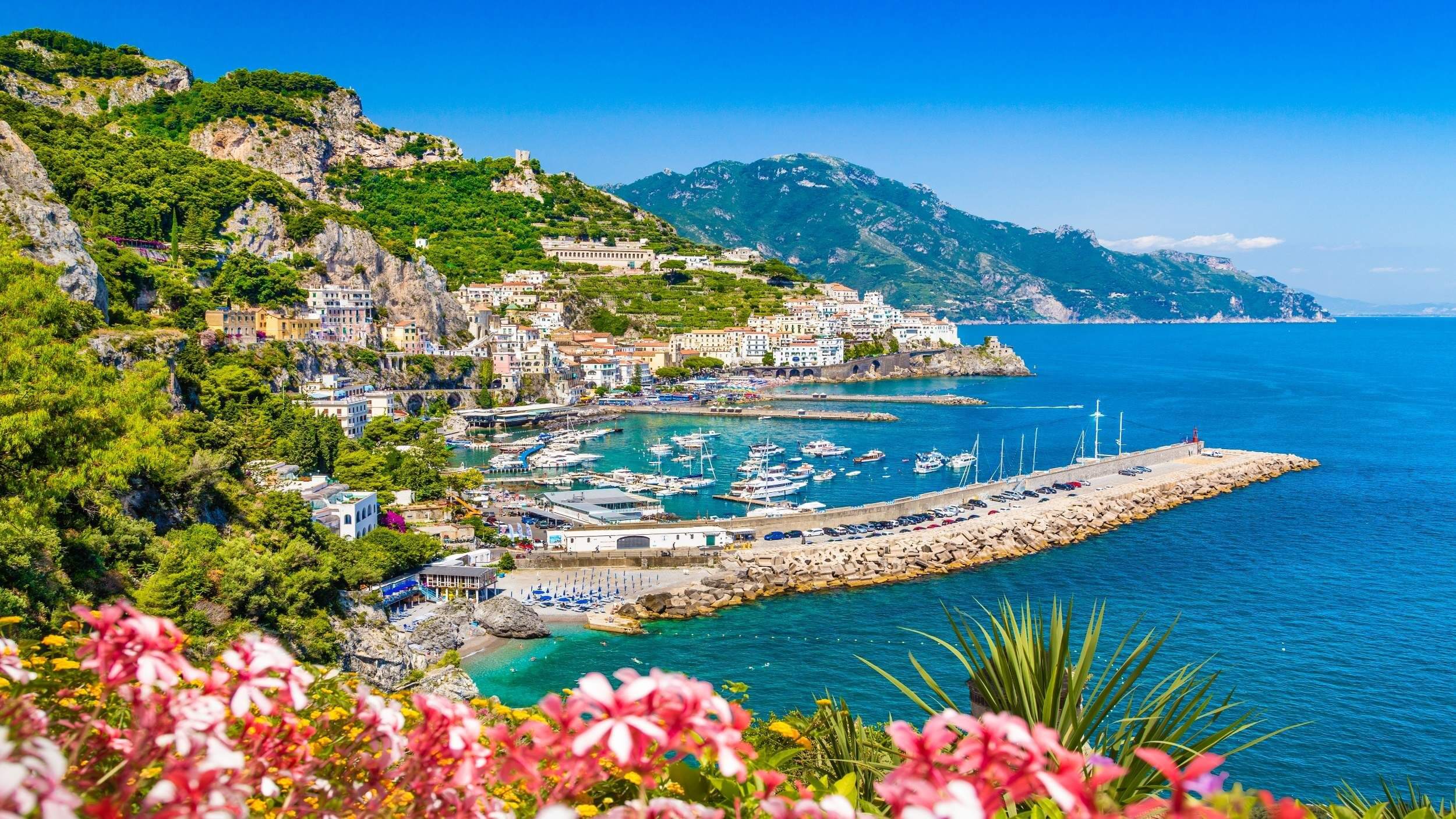
Customs and Traditions in Italy: Morning Rituals
The morning brings customs and traditions in Italy to life through cherished coffee and pastry rituals. In vibrant squares from Rome to Milan, locals gather for quick espressos and warm greetings each morning. Therefore, most coffee bars fill with regular customers sharing friendly conversation. The rich aroma of coffee wafts through narrow streets as neighbors meet. Thus, these morning moments create the rhythm of Italian daily life.
Traditional Morning Gatherings in Italy’s Historic Centres
Coffee bars reveal customs and traditions in Italy through swift yet meaningful social exchanges each day. Particularly in marble-topped bars, regulars share animated conversations about family and local events. As a result, these morning rituals showcase local culture. Even so, people value these daily connections that strengthen community bonds. Certainly, such moments shape authentic Italian life.
Top tip: Order your coffee at the bar and drink it standing up to experience authentic local culture.
Early light bathes ancient squares where morning customs flourish through natural rhythms and shared experiences. Though visitors often seek long breakfasts at tables, most locals choose quick coffee breaks. Friends meet at favorite bars to maintain social bonds through daily rituals. While some prefer quiet moments, others enjoy lively morning chats. These patterns mark authentic Italian morning life.
Exploring Modern Breakfast Culture and Traditions
Local spots in Florence and Naples show customs and traditions in Italy through well-practiced morning rhythms. Coffee flows freely while neighbors exchange news about family and community events. In fact, traditional serving styles keep old customs alive. Different from other countries, regulars visit their favorite bars daily. Therefore, these morning rituals strengthen community bonds.
Local attraction: Visit Caffè Florian in Venice, Italy’s oldest coffee house established in 1720.
Morning time creates simple pleasures through coffee rituals and warm conversations between neighbors. So, these daily social moments strengthen community bonds through shared experiences. Most breakfasts remain light and quick while fostering important connections. Different from rushed modern habits, regular customers greet each other warmly. These cherished customs shape authentic Italian mornings.
See Our Guide: How to Eat Like a Local in Italy
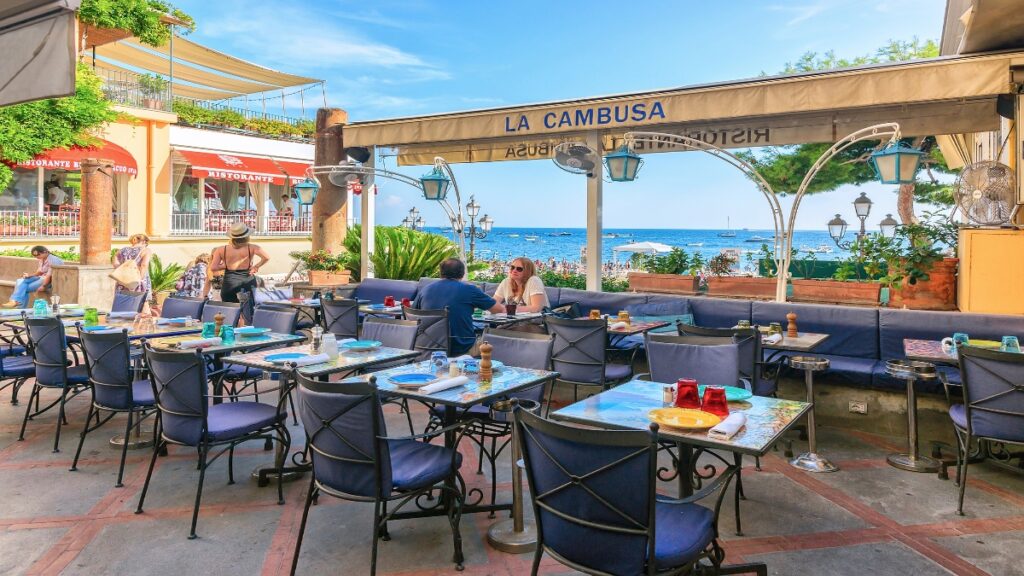
Business Hours and Midday Closures
The midday pause reveals customs and traditions in Italy through carefully planned business schedules. In bustling streets from Turin to Bologna, shops close for extended lunch breaks each afternoon. Therefore, visitors learn to plan their shopping around local habits. These pauses help preserve cherished family meal times. Thus, business patterns reflect deeper cultural values.
Understanding Traditional Business Rhythms
Shop owners maintain customs and traditions in Italy through their dedication to midday breaks. Particularly in family-run stores, owners close shops to share lunch with relatives at home. As a result, these practices shape daily commerce patterns. Even so, morning shopping brings lively social exchanges. Certainly, such traditions guide local business flow.
Top tip: Plan your shopping between 9:00-12:30 or 15:30-19:30 to find shops open and bustling.
Business schedules follow traditions that value family time over constant commerce. Though some tourist areas stay open, most local shops keep traditional hours. Different from other countries, Italians protect their lunch breaks firmly. While changes come slowly, these rhythms stay strong. These patterns show true Italian priorities.
Modern Business Hours and Cultural Practices
Daily life in Venice and Rome shows customs and traditions in Italy through careful time management. Local stores adapt their hours to balance tradition with modern needs each day. In fact, time-honored practices guide when shops open. Different from busy cities elsewhere, merchants keep time for family. Therefore, these cultural patterns shape business choices.
Local fact: Many family-run shops in Italy have operated in the same location for over a century.
Business hours create natural rhythms that shape life in towns and cities alike. So, these scheduled pauses help maintain important family connections through shared meals. Shops close with careful timing to protect traditional breaks. Different from rushed modern habits, owners value proper pauses. These customs keep Italian life balanced.
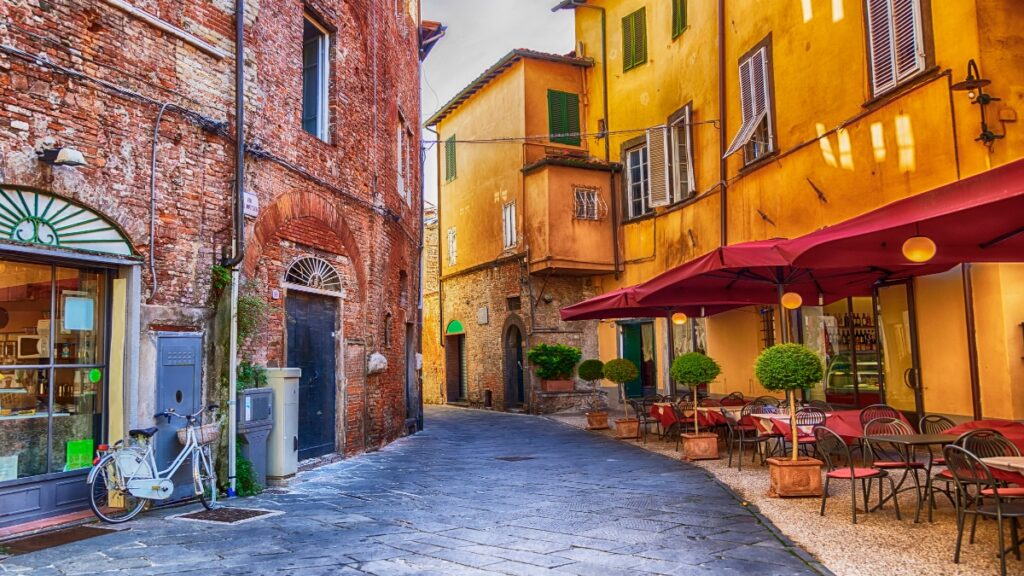
Daily Life in Italian Communities
The daily pace of customs and traditions in Italy flows through each moment of local life. In charming towns from Siena to Lucca, people follow age-old schedules for work and rest. Therefore, life moves according to well-established patterns throughout the day. Most locals arrange activities around these traditional times. Thus, each day maintains cultural rhythms.
Experiencing Daily Social Customs
Local life reveals customs and traditions in Italy through carefully timed social gatherings. Particularly in neighborhood squares, residents meet for evening walks and friendly conversation. As a result, treasured rituals shape community bonds. Even so, each area keeps its own special habits. Certainly, these time-honored practices guide daily routines.
Local attraction: Visit Piazza del Campo in Siena, where locals gather daily for the evening passeggiata.
Evening brings people together in streets and squares across Italian towns. Though modern life brings changes, traditional social times stay strong. Different from other places, Italians make time for evening walks. While some hurry home, most join these social hours. These moments build community connections.
Daily Life Traditions in Modern Italy
Street life in Perugia and Bergamo shows customs and traditions in Italy through shared daily moments. Neighbors greet each other warmly during regular evening social times each day. In fact, local traditions live on through these gatherings. Different from rushed modern cities, people pause for conversation. Therefore, these cherished practices strengthen social bonds.
Interesting fact: The evening passeggiata tradition dates back to ancient Roman times.
Each sunset signals the start of treasured social hours in towns across Italy. So, these daily gatherings help maintain close connections between neighbors and friends. People value these traditional social moments highly. Different from other cultures, Italians prioritize evening walks. These customs keep communities strong.
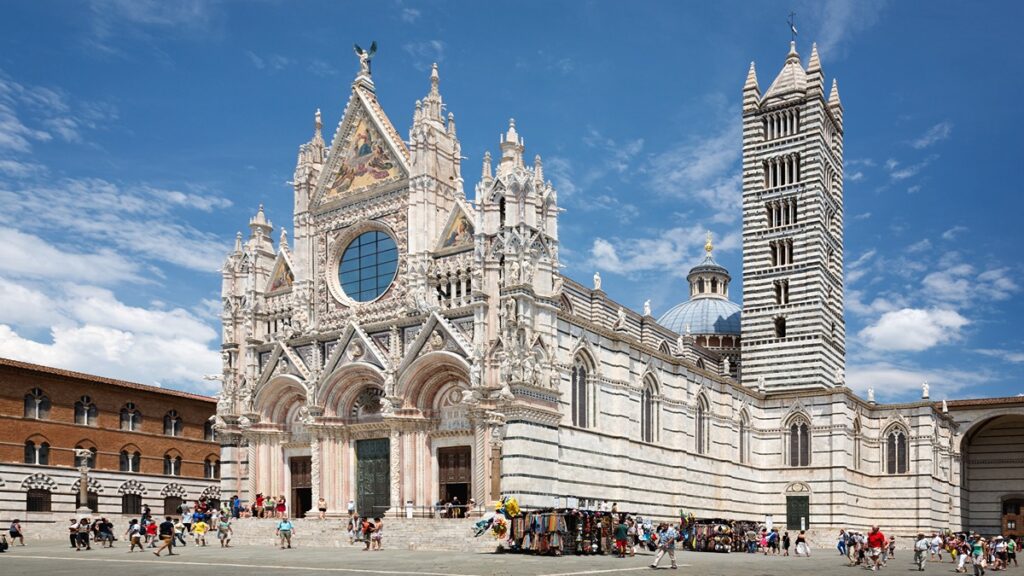
Regional Communication Styles
The art of customs and traditions in Italy shines through unique regional communication styles. In historic centres from Palermo to Verona, locals express themselves with distinct regional flair. Therefore, each area maintains its own social customs and gestures. Most regions add special touches to standard Italian speech. Thus, communication reflects deep cultural roots.
Understanding Regional Communication Styles
Hand gestures show customs and traditions in Italy through silent yet powerful expressions. Particularly in southern regions, people use specific motions to add meaning to their words. As a result, local traditions come alive through gesture. Even so, each area develops its own special signals. Certainly, these expressive practices speak through motion.
Local fact: Southern Italians typically use around 250 distinct hand gestures in daily conversation.
Regional dialects shape how people express themselves in daily conversations. Though standard Italian prevails in business, local expressions add cultural depth. Different from northern areas, southern regions use more gestures. While some gestures spread widely, others stay regional. These differences enrich Italian communication.
Modern Communication Customs in Italy
Daily greetings in Naples and Bari show customs and traditions in Italy through warm social exchanges. Local phrases and gestures create unique patterns of daily communication. In fact, regional practices flourish through local speech. Different from formal Italian, dialect brings people closer. Therefore, these cherished traditions preserve local identity.
Top tip: Always greet shop owners when entering and leaving stores throughout Italy.
Each region keeps its own special ways of expressing thoughts and feelings. So, these varied communication styles help maintain distinct cultural identities. People value their regional expressions deeply. Different from standard Italian, dialect marks local pride. These customs strengthen regional bonds.

Customs and Traditions in Italy: Service Culture
The core of customs and traditions in Italy shapes every business interaction and service exchange. In warm towns from Parma to Ravenna, shopkeepers build lasting relationships with customers. Therefore, simple purchases become meaningful social occasions. Most local shops maintain personal connections over years. Thus, service creates community bonds.
Traditional Service Values and Practices
Shop owners demonstrate customs and traditions in Italy through careful attention to each customer. Particularly in family businesses, owners remember preferences and family connections across generations. As a result, local practices flourish through daily commerce. Even so, each shop adds personal touches. Certainly, these service traditions strengthen community bonds.
Local fact: Many family-run shops in Italy have served the same neighborhood families for over four generations.
Service means more than completing transactions in local shops and businesses. Though modern life moves quickly, traditional courtesies remain important. Different from chain stores, small shops prioritize relationships. While some adapt to modern pace, most maintain traditions. These values guide Italian service.
Modern Service Culture in Italy
Daily exchanges in Pisa and Ferrara show customs and traditions in Italy through thoughtful service rhythms. Local businesses balance efficiency with traditional social graces each day. In fact, cherished practices live through careful service. Different from rushed modern retail, personal attention matters most. Therefore, these cultural values preserve authentic service.
Top tip: Take time to greet shop owners with “Buongiorno” or “Buonasera” – it shows respect for local customs.
Each transaction builds relationships between shops and their regular customers. So, these service traditions help maintain strong community connections through daily exchanges. People value unhurried, personal attention. Different from quick commerce, service means conversation. These customs keep communities close.

Transportation Etiquette and Expectations
The way people move through Italian cities shares stories of tradition meeting modern needs. In busy streets from Modena to Padua, locals walk paths worn smooth by countless steps. Many residents choose bikes for longer trips across town centers. Most people prefer these time-tested ways through ancient streets. Thus, old customs thrive in daily life.
Traditional Transport Methods in Italy
People here show customs and traditions in Italy as they navigate through historic towns together. Cars remain rare in old town streets where shops line narrow cobbled ways. Most folks walk to complete their daily tasks and errands. The steady flow of feet and bikes fills squares at busy times. These local ways shape how people travel each day.
Local fact: Venice has over 400 footbridges connecting its 118 small islands, making it Europe’s biggest car-free city.
Streets buzz with life as groups walk to work and shops in the morning sunshine. Friends pause for conversations on corners and in ancient market squares. Mopeds weave carefully past on the wider roads outside centers. Town layouts still work perfectly for walking and meeting neighbors. These patterns keep communities close.
Regional Transport Culture and Practices
Daily trips in Trieste and Genoa show customs and traditions in Italy through well-worn paths. Locals share knowledge of shortcuts through historic town centers with pride. Friends often meet for walks to shops and weekly markets together. People choose routes that pass through quiet hidden courtyards. These journeys strengthen community bonds.
Top tip: Look for ZTL signs in town centers – these areas allow only local residents’ cars, keeping old streets safe for walking.
Moving through towns follows patterns created by generations of careful planning. Most people prefer walking to driving in historic Italian centers daily. Busy markets bring neighbors together at regular times each week. Children play safely in squares free from traffic most days. Life moves at a pace set by feet rather than engines.
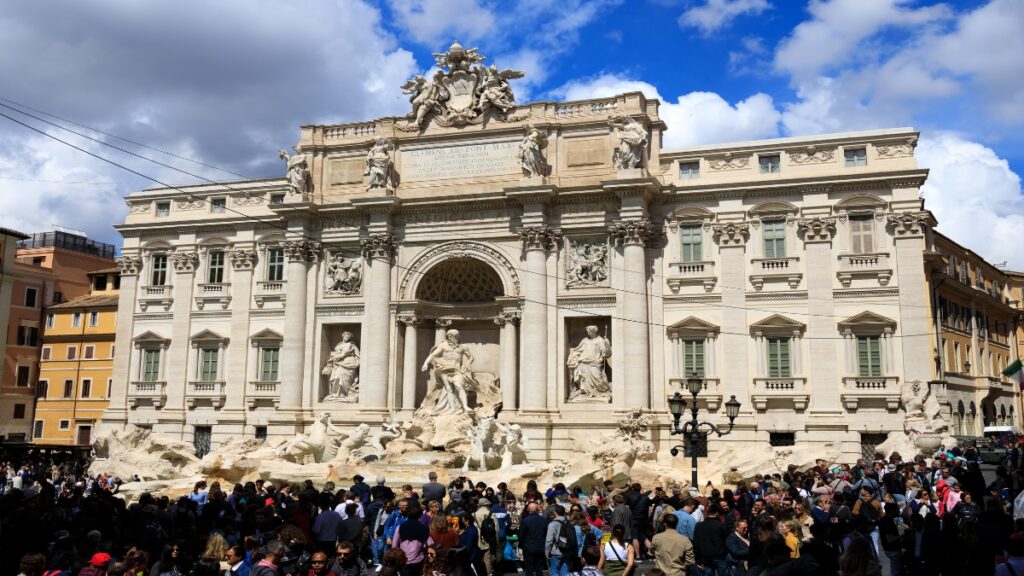
Seasonal Celebrations and Festivals
The yearly cycle of customs and traditions in Italy flows with natural seasonal rhythms. In historic towns from Arezzo to Ancona, locals adapt daily life to each season’s patterns. Therefore, festivals and traditions follow nature’s pace. Most communities maintain seasonal celebrations year after year. Thus, customs mark time’s passage.
Traditional Seasonal Celebrations
Festival times show customs and traditions in Italy through carefully planned seasonal events. Particularly in summer months, towns fill with evening festivals and outdoor gatherings. As a result, local celebrations bind communities together. Even so, each season brings its special traditions. Certainly, these time-honored practices honor natural cycles.
Local fact: Many Italian towns still celebrate harvest festivals that have continued unbroken for over 500 years.
Seasonal changes guide how communities plan their daily activities and celebrations. Though modern life brings changes, traditional timing stays strong. Different from other places, Italians embrace seasonal rhythms fully. While some festivals grow, others stay intimate. These patterns mark Italian life.
Modern Seasonal Practices and Traditions
Local life in Vicenza and Pistoia shows customs and traditions in Italy through seasonal adaptations. Communities adjust ancient customs to match current needs while honoring traditions. In fact, local practices evolve with natural rhythms. Different from fixed schedules, activities follow natural patterns. Therefore, these cherished rituals preserve seasonal wisdom.
Top tip: Join the evening passeggiata (walk) between 5-8 PM to experience authentic Italian social life.
Each season brings its own pace to daily life in towns across Italy. So, these seasonal rhythms help maintain balance between work and celebration. People plan activities around weather patterns. Different from modern schedules, nature guides timing. These customs keep life balanced.
See Our Guide: The Best Time to Visit to Italy
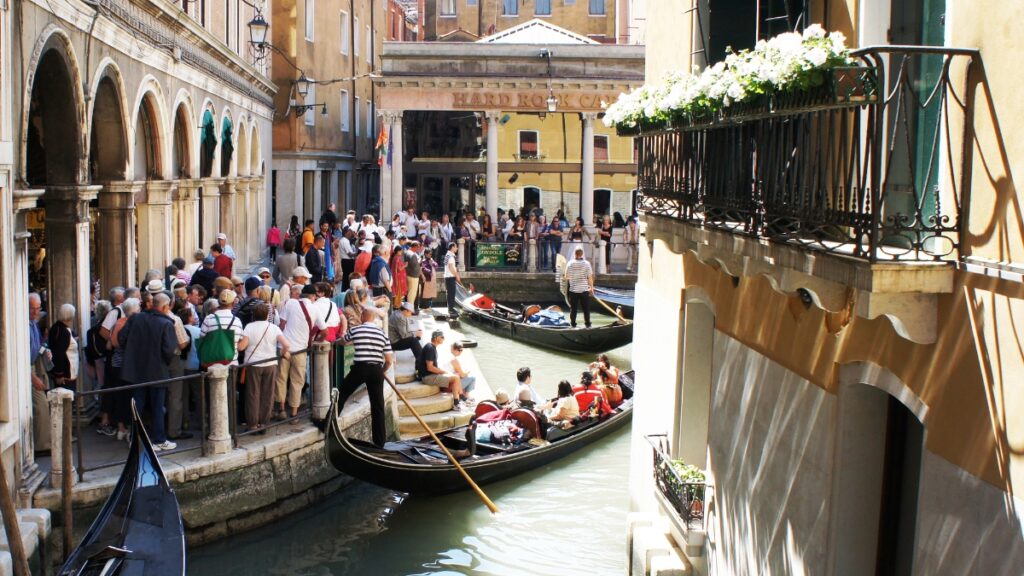
Customs and Traditions in Italy: Immersive Guide
The best visits reveal customs and traditions in Italy through careful planning and local insight. In historic centers from Urbino to Mantova, festivals follow ancient calendars. Therefore, timing shapes cultural experiences deeply. Most towns celebrate special dates throughout the year. Thus, planning helps visitors join local life.
Understanding Festival Traditions
Local events show customs and traditions in Italy through time-honored celebrations and gatherings. Particularly during saints’ days, towns come alive with traditional music and feasts. As a result, local celebrations welcome visitors naturally. Even so, each town keeps unique traditions. Certainly, these festival practices need proper timing.
Local fact: Many Italian festivals include historical parades with costumes that have remained unchanged for centuries.
Festival planning requires understanding of local calendars and traditions. Though some events welcome spontaneous visitors, others need advance booking. Different from tourist shows, real festivals follow old patterns. While big cities draw crowds, small towns stay authentic. These celebrations reveal Italian life.
Joining Local Cultural Activities
Town life in Viterbo and Matera shows customs and traditions in Italy through shared celebrations. Local guides help visitors discover hidden festivals and gatherings each season. In fact, traditional festivals open doors to real experiences. Different from guidebook routes, local events bring true culture. Therefore, these cherished celebrations reward careful planning.
Top tip: Book accommodation well in advance during local festival dates as rooms fill quickly.
Each festival brings chances to join in age-old traditions and celebrations. So, these cultural moments help visitors understand Italian life more deeply. People welcome respectful guests at local events. Different from tourist attractions, festivals show real tradition. These experiences create lasting memories.
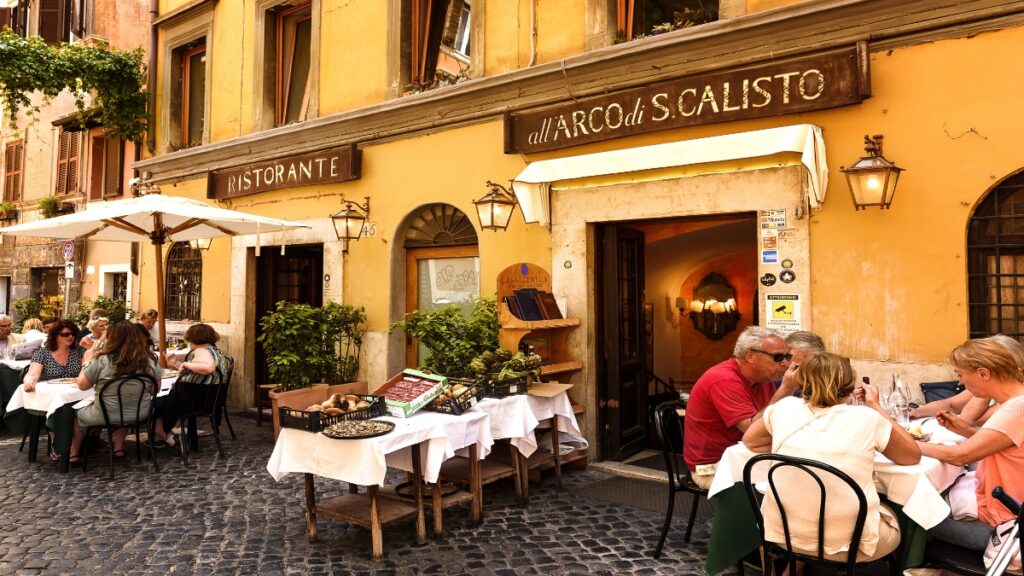
Authentic Italian Dining Experiences
The daily rhythm of Italian meals follows customs that shape life across regions. In historic towns from Brescia to Lecce, eating brings people together at set times. Most families hold firm to traditional mealtimes. Lunch remains the main meal. These patterns guide daily life.
Traditional Italian Dining Customs
Meal times show customs and traditions in Italy through carefully planned courses and pacing. Locals never rush through meals with family or friends. Most dinners stretch over several relaxed hours. Food arrives in a specific order. These customs make meals special.
Local fact: The traditional Italian meal structure includes at least four courses: antipasto, primo, secondo, and dolce.
Each course brings its own rules about timing and combinations of food. People take time between courses for conversation. Most restaurants expect guests to linger. Meals build connections between people. These moments strengthen bonds.
Regional Dining Practices in Italy
Local dishes in Cremona and Treviso show customs and traditions in Italy through special recipes. Families pass down cooking methods through generations. Most regions guard their food traditions carefully. Every town has signature dishes. These specialties mark local pride.
Top tip: Never order cappuccino after 11 AM – it’s considered strictly a breakfast drink in Italy.
Eating well means following local customs about food and drink pairings. People choose dishes that match each season. Most meals end with local digestive drinks. Every region adds unique touches. These traditions define Italian dining.
See Our Guide: How to Eat Like a Local in Italy
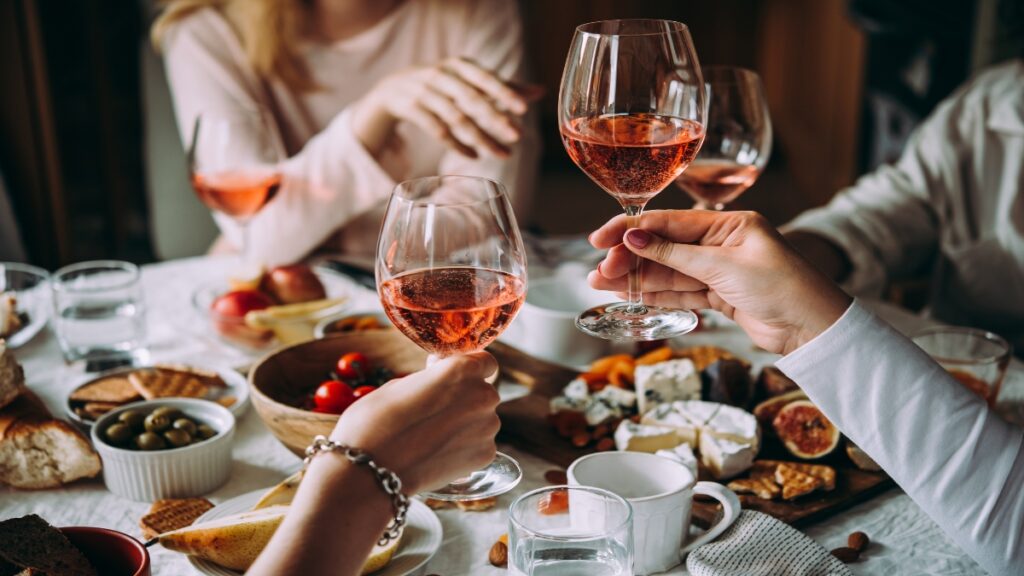
Wine Culture and Social Gatherings
The wine story of Italy flows through centuries of local customs and regional pride. In ancient towns from Barolo to Montepulciano, wine shapes daily life. Most locals know their regional wines well. Vineyards mark the landscape. These traditions guide wine choices.
Understanding Italian Wine Traditions
Wine choices show customs and traditions in Italy through careful pairing with local foods. People select wines based on regional cooking styles. Most meals include local wine varieties. Families often make their own wine. These practices preserve wine culture.
Local fact: Many Italian families still maintain small private vineyards that have been in their families for generations.
Each region keeps its own rules about which wines match certain dishes best. People learn wine customs from early years. Most restaurants serve house wines from nearby. Local grapes tell regional stories. These choices reflect tradition.
Modern Wine Culture and Customs
Daily life in Montalcino and Barbaresco shows customs and traditions in Italy through wine service. Local bars serve wines at proper temperatures. Most people enjoy wine with food only. Every region guards its wine heritage. These habits shape drinking culture.
Top tip: Wine in Italy is traditionally served with food – drinking wine alone is uncommon.
Wine knowledge passes down through families like precious family recipes. People respect regional wine boundaries. Most towns claim special local varieties. Vineyards follow ancient methods. These customs keep wine pure.

